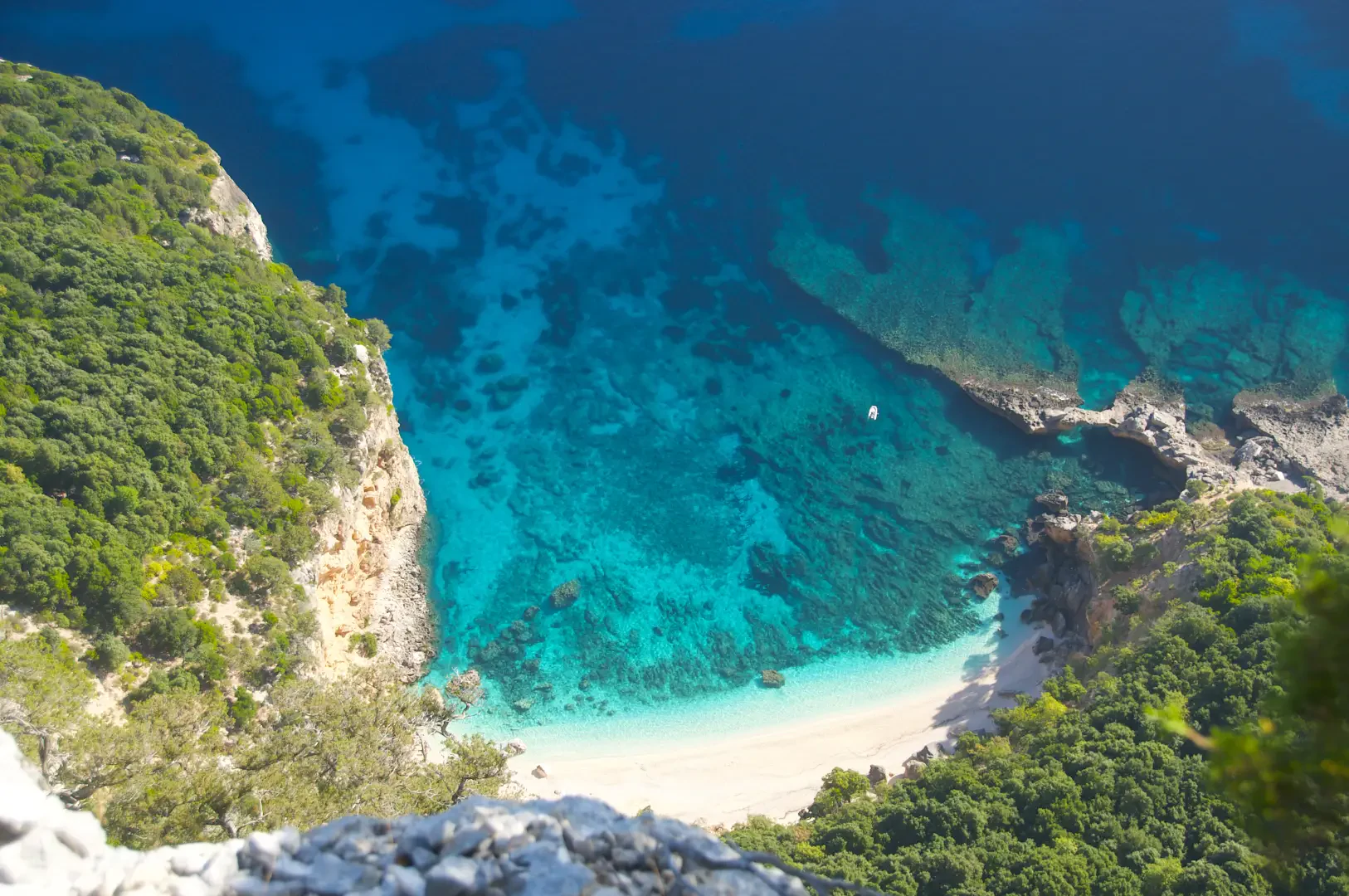Sardinia

Access
Gli accessi principali dall’esterno convergono su tre scali aerei: Cagliari-Elmas (Mario Mameli) nel sud, Olbia-Costa Smeralda a nord-est e Alghero-Fertilia nel nord-ovest; collegamenti marittimi stagionali e annuali uniscono l’isola ai porti del Tirreno. All’interno, la mobilità su gomma è prevalente, con ferrovie storiche e linee turistiche che aggiungono un valore paesaggistico.
Introduction
Sardinia is a fascinating island, known for its natural contrasts and ancient traditions, immersed in unspoilt wilderness. Located in the heart of the Mediterranean, it offers mountainous landscapes and breathtaking coastlines, including the famous Costa Smeralda. The Gennargentu region, with its picturesque scenery, and the Nuragic complexes, evidence of a millenary culture, complete the unique offer of this extraordinary island.
Description
Sardinia is an island that enchants with its natural contrasts, characterised by the lights and colours of a land of millenary traditions, immersed in wild and unspoilt nature. Located in the heart of the Mediterranean, Sardinia offers unique and diverse landscapes, with a predominantly mountainous territory, devoid of high peaks but rich in rugged and gentle natural scenery. The island's coasts, lapped by an emerald sea, wind between sandy inlets and hidden coves, including the famous Costa Smeralda with Porto Cervo and Porto Rotondo, destinations renowned for their beauty and lively nightlife. For mountain lovers, the Gennargentu region offers picturesque scenery where man and nature coexist harmoniously, with a rich flora and fauna that includes unique species such as mouflons and golden eagles. Sardinia is also the custodian of a priceless historical heritage, represented by the Nuragic complexes, unique monuments testifying to an ancient and mysterious culture, such as the site of Barumini, a Unesco World Heritage Site.
Information
Capital: Cagliari
Area:24,090 sq km
Minimum elevation:0m
Maximum elevation: Punta La Marmora (1834m)
Number of inhabitants: 1,641.290
Name in dialect: Sardigna
Inhabitants: Sardinians
Provinces:Province of Cagliari, Province of Carbonia-Iglesias, Province of Medio-Campidano, Province of Ogliastra, Province of Olbia-Tempio, Province of Oristano, Province of Nuoro, Province of Sassari
Municipalities: 377
Bordering regions: none (it is an island)
Institutional site: www.regione.sardegna.it